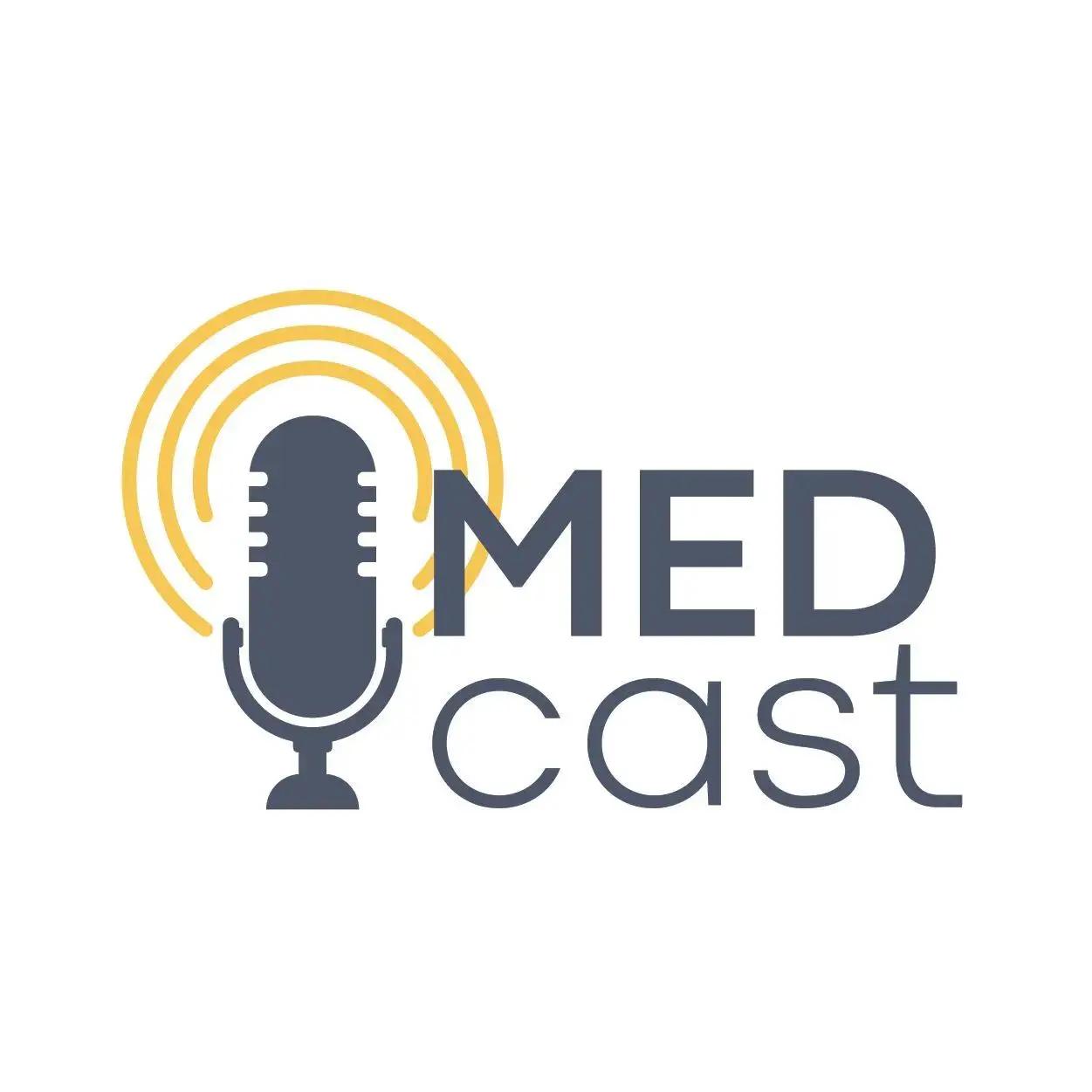Article
Generating Serotonin Neurons
Author(s):
Other studies have shown some induction of serotonin neurons from stem cells, but a recent study presents by far the most promising results.
A new study from the University of Wisconsin offers promising results for the eventual treatment of disorders characterized by serotonin deficits. Researchers were able to transform human stem cells into neurons that produce the neurotransmitter serotonin. The study appeared online in the journal Nature Biotechnology.
Serotonin neurons are found in the raphe nucleus of the hindbrain. They are important for regulating many activities, including sleep, mood, aggression, cognition, satiety, and autonomic functions. These cells are also implicated in several psychiatric disorders, including depression, schizophrenia, bipolar disorder, anxiety disorders, and chronic pain. The generation of serotonin neurons in vitro could allow researchers to more easily study these cells, and also presents the enticing possibility that serotonin neurons might be generated for use as brain cell replacements in the future.
“Serotonin essentially modulates every aspect of brain function, including movement,” remarked principal investigator Su-Chun Zhang, in a press release.
Led by Jianfeng Lu of the Waisman Center, University of Wisconsin, Madison, the researchers who conducted the study were interested in differentiating human pluripotent stem cells (hPSCs) into neurons that specifically produce serotonin. To accomplish this, they exposed the cells in vitro to both WNT and sonic hedgehog.
WNTs aid in the development and placement of serotonin neurons in the brain. Sonic hedgehog is another molecule that controls the development of embryonic cells.
Zhang noted “Here, we had to instruct the stem cells to develop into one specific fate, using a custom-designed sequence of molecules at exact concentrations. That's especially difficult if you consider that the conditions needed to make serotonin neurons are scarce, existing in one small location in the brain during development.”
The investigators noted that the cells they induced using WNT and sonic hedgehog resembled serotonin neurons in several ways. They expressed tryptophan hydroxylase, which is crucial for the development of serotonin neurons and also had electrical characteristics identical to those typically measured for serotonin neurons. They released serotonin when treated with tramadol or escitalopram, drugs known to increase extracellular serotonin.
Although other studies have shown some induction of serotonin neurons from stem cells, the current report is by far the most robust and the most convincing.
Lead author Lu noted “Previously, labs were producing a few percent of serotonin neurons from pluripotent stem cells, and that made it very difficult to study their cells. If you detect 10 neurons, and only two are serotonin neurons, it's impossible to detect serotonin release; that was the stone in the road.”
Ultimately, the cells may be used for many purposes, including testing new medications. Zhang remarked “We think these can help develop new, more effective drugs, especially related to the higher neural functions that are so difficult to model in mice and rats, particularly because they are from humans, these cells may lead to benefits for patients with depression, bipolar disorder or anxiety. These are some of the most troublesome psychiatric conditions, and we really don't have great drugs for them now.”
Reference: Lu J, et al. Generation of serotonin neurons from human pluripotent stem cells. Nat Biotechnol. 2016;34:89-94.

FDA Approves Diazoxide Choline Extended-Release Tablets for Hyperphagia in Prader-Willi Syndrome




